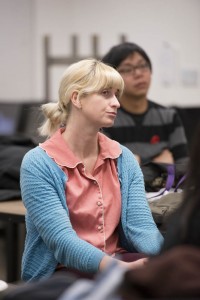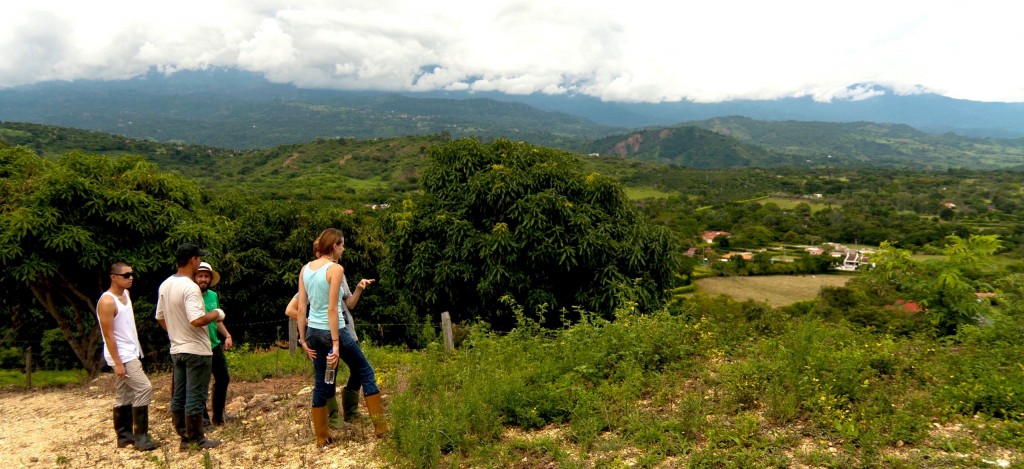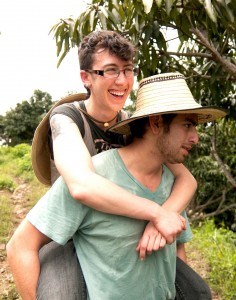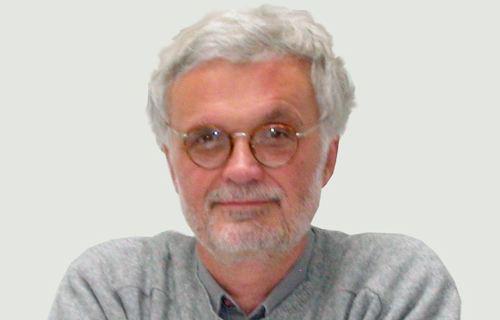
Ezio Manzini
Ezio Manzini, a leading force in social impact design and founder of the DESIS (Design for Social Innovation towards Sustainability) network of university-based design labs (including Art Center’s Designmatters department), will present a lecture based on ideas addressed within his new book, Design, When Everybody Designs, published by MIT Press. The event, which begins at 7pm in Art Center’s LA Times Media Center, will include an hour-long talk about design culture’s role in driving the future of social change and a book signing at 8pm.
The following excerpt from Manzini’s book, which was originally published as part of Mapping Social Design‘s Expert Workshop, offers an enticing preview of the innovative and deeply-considered ideas Manzini will address in his presentation at Art Center next week:
In the 21st century social innovation will be interwoven with design as both stimulus and objective, indeed it will stimulate design as much as technical innovation did in the 20th century. At the same time, it will be what a growing proportion of design activities will be seeking to achieve. In principle, design has all the potentialities to play a major role in triggering and supporting social change and therefore becoming design for social innovation. Today we are at the beginning of this journey and we still need a better understanding of the possibilities, the limits and the implications of this emerging design mode, but what is already clear is that design for social innovation is not a new discipline: it is simply one of the ways in which contemporary design is appearing. Therefore, what it requires is not so much a specific set of skills and methods, but a new culture, a new way of looking at the world and at what design can do with and for people living in it.

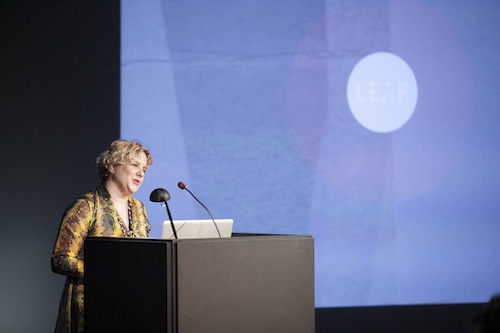
 The Institute also named 2001 Art Center alumnus Safir Bellali, Design Innovation director for Vans, to its incoming class of
The Institute also named 2001 Art Center alumnus Safir Bellali, Design Innovation director for Vans, to its incoming class of 




